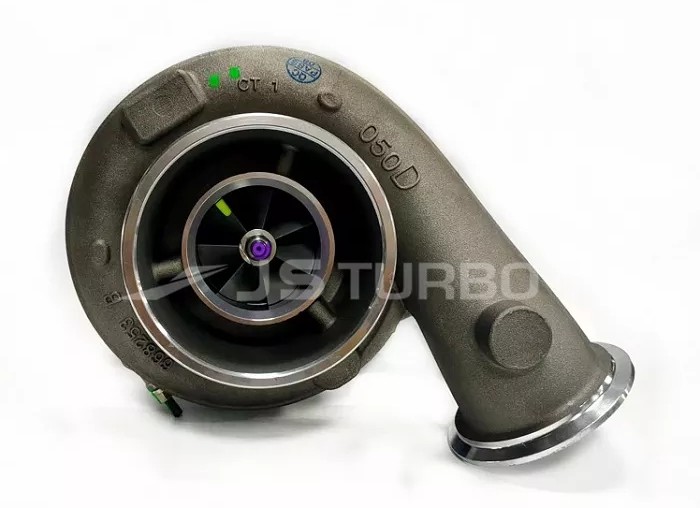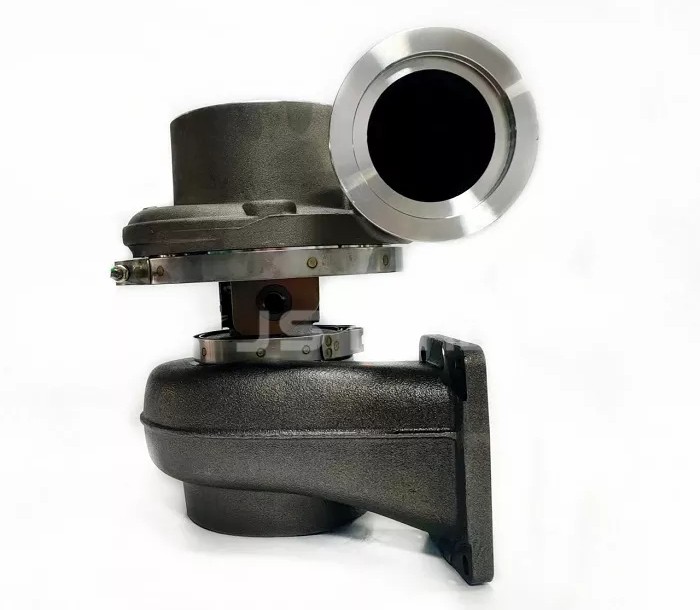
Are turbochargers really resistant to high temperatures?
2022-12-06 14:30The power of the turbocharger comes from high-temperature and high-pressure exhaust gas, so it does not consume additional power of the engine itself, which is completely different from the situation where the supercharger consumes 7% of the power of the engine. In addition, the turbocharger is directly connected to the exhaust pipe for compact construction.
"The greater the pressure, the greater the power" This is a true portrayal of turbocharging. The boost value of the upper supercharger is generally below 0.5 bar (the data in the future will be in bar), and the engine power will be consumed more as the speed increases. But turbocharging has no such disadvantages at all, but it will be more powerful because of the increase in speed. Because as the engine speed increases, the exhaust pressure will also increase, and the force hitting the turbine will also increase, the speed of the entire rotor will rise rapidly, and the compressor impeller can also rotate at a high speed.
Turbocharging can easily exceed the boost value of 1bar, for example, the Golf R can reach 1.3. Many modified cars can easily achieve a high boost value of 1.5 after cylinder strengthening and computer tuning. However, the non-performance cars we usually buy for home use, such as golf 1.4T and Regal 2.0T, have far lower boost values. More than 1, generally between 0.3-0.5, which can balance performance, fuel consumption and engine life. It can be seen that the boost value of turbocharging is much higher than that of supercharging, and the corresponding increase in engine power is also greater.
High temperature is the biggest killer of turbocharger.
The turbocharger has a simple structure, does not consume the power of the engine itself, and has a high boost value. These factors lead to the powerful advantages of turbocharging. However, the principle of turbocharging makes it have one of the biggest hidden dangers: high temperature. It is also this hidden danger that has caused turbocharging to not enter the civilian field for a long time.
There are several sources of heat. The first is the exhaust gas temperature. As we said earlier, the exhaust gas temperature of a gasoline engine can reach 750-900 degrees under full load, and it can reach nearly 700 degrees under normal working conditions. The exhaust gas itself will cool down in the process of driving the turbine to rotate. Where does this temperature go? It is absorbed by the turbine blades.



